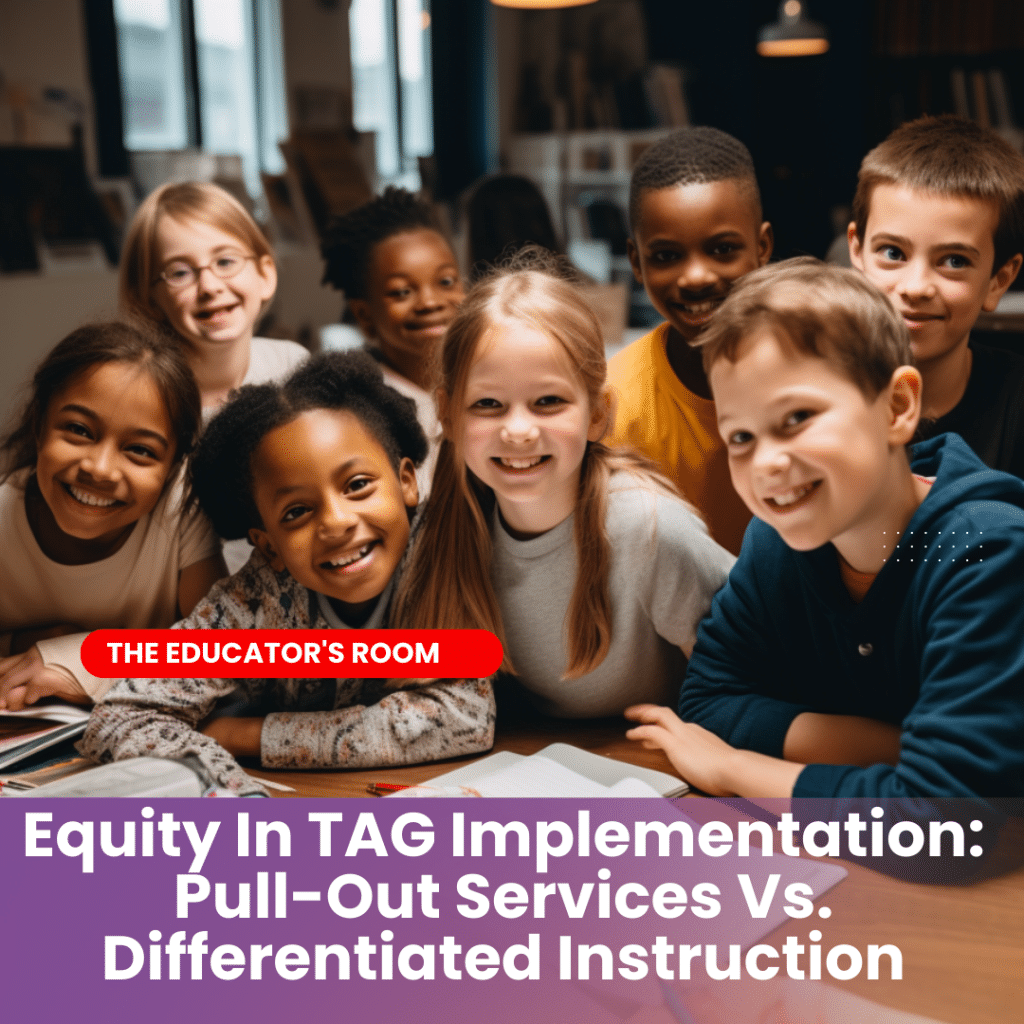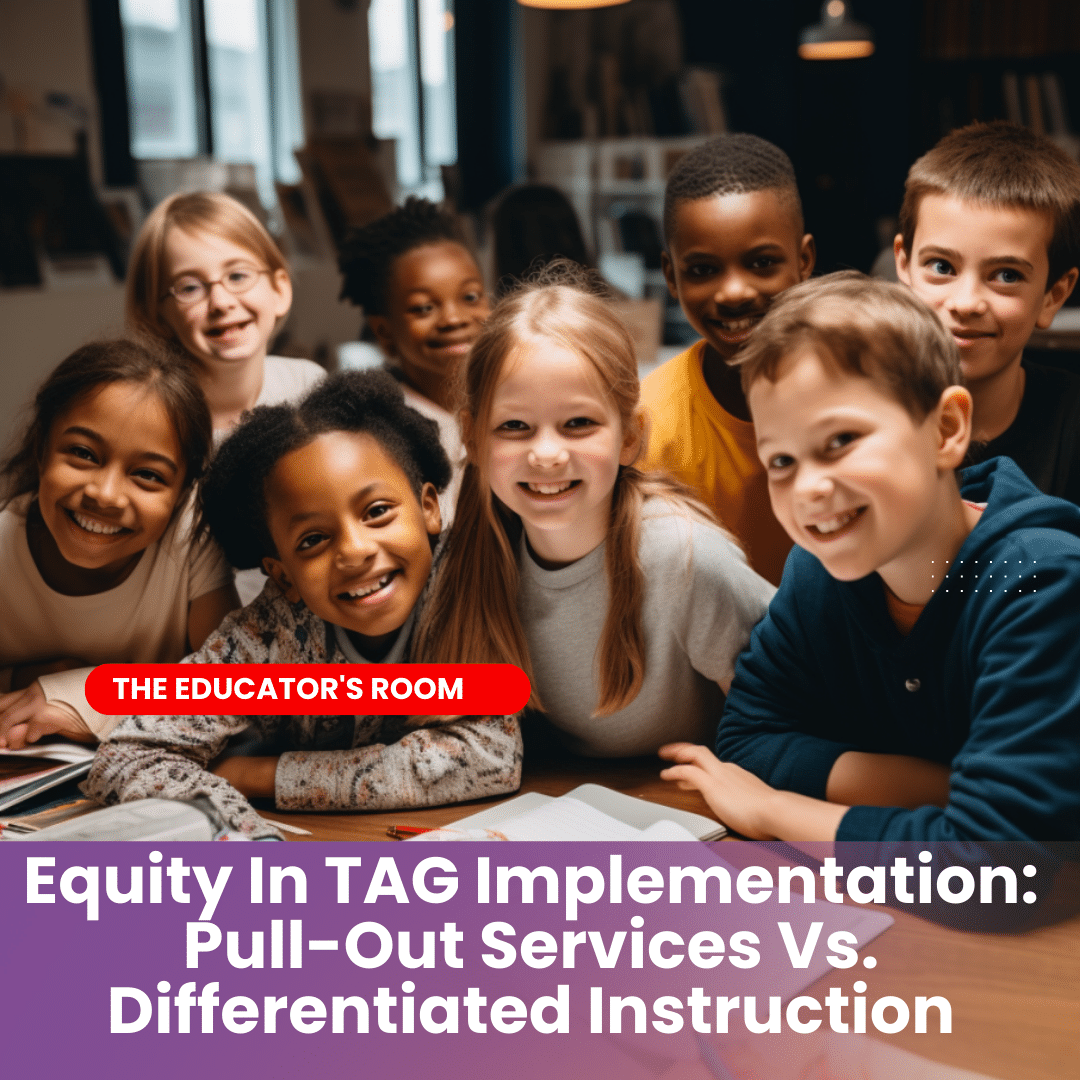My son, Atticus, was nominated to be tested for the Talented and Gifted (TAG) program in first grade. He got on a school bus for the very first time and spent 4 hours taking tests at a nearby school. A few months later, we were shocked to learn that his scores officially placed him into TAG status. Our school TAG coordinator informed us that he would carry his status all the way through 12th grade.
Fast forward to one year later. We unexpectedly moved across town and my son started at a new school in a new district. We were proud to inform the school and his new teacher that he was officially considered a TAG student. The teacher was thrilled to hear it and assured us that he would consider his status when shaping his assignments. A few weeks later, we received an apologetic email from his teacher and the school TAG coordinator saying that Atticus’s test scores from the previous district didn’t meet the new school district’s TAG requirements. Needless to say, my son was heartbroken to have his shiny TAG status taken away.
Luckily, we learned that the new district tests all 2nd graders every year for TAG placement with a nonverbal ability test called, “NNAT3” Atticus took the tests and after a few months of assessment, he was placed into TAG…again.
Our back-and-forth TAG ordeal was a long process. In the first district, Atticus was nominated in January, did testing in March, and was officially placed around May. In the next district, he wasn’t able to do the 2nd grade testing until January and we didn’t receive the good news of his official placement until May. Nearly two years later, we are relieved to finally breathe easy knowing that in our current district, he’s officially “in”.
Different TAG Services
The TAG test scores must go through many hoops to ensure they are valid, non-biased, and meet district requirements. There is also a data collecting requirement in which the teacher (and in some cases families) must provide academic samples that support the qualifying test scores.
Atticus’s TAG services next year will come in the form of differentiated instruction rather than pull-out services. Pull-out services involve a gifted child being removed from general education for one or more hours a week to do activities with other gifted children. Differentiated instruction involves careful planning of customized educational materials that challenge gifted students at their level.
At his previous school, Atticus would have taken a bus to a nearby school once a week to receive instruction tailored to his abilities. He was thrilled about that. He had said that even leaving the school to test with peers who had been nominated for testing at a different school was such a blissful experience. The class he was in at the time had major behavior issues, a huge class size (32), and frequent disruptions. Being in a small group of kids with similar academic abilities for the day was, as he said, “so peaceful”. He was thrilled at the thought of leaving his school once a week and being around peers who had similar levels of focus and intelligence. We were all a little deflated to learn that pull-out services were no longer on the table.
Which one is better?
Whether one favors pull-out or differentiated instruction is dependent on a number of factors.
- Does the child feel comfortable socially leaving their classroom to head to another environment?
- How effective are the teacher’s differentiated instruction methods and materials?
- Are the activities provided during pull-out services challenging enough, and what subject/s does it focus on?
- How often is the child’s unique differentiated instruction curriculum updated and enhanced?
In our experience, there are pros and cons to each of these implementation methods.
Pull-out methods
The pro is the change in environment. For gifted students to be in a classroom with fewer kids with similar focus levels was huge for my son. The con I would anticipate is the frequency of the services. At only one time a week, he may benefit more from the frequency of differentiated instruction.
Differentiated instruction
The pro is that he would his TAG status would be addressed for the entire school year rather than once a week. The con I would anticipate is that his teacher may not be able to customize his curriculum as quickly as he needs to. For example, if he designed a weekly academic goal on Monday that my son quickly met by Tuesday, he might not be able to quickly design new challenges for him for the rest of the week.
Both implementations are designed to challenge TAG students, but like most other things, they can continually get better with research by paying attention to student achievement within the program.

Stephanie McCoy is a mother of two and an educator from Portland, Oregon. She recently earned a Master’s degree in Education with a focus on educational leadership. She is passionate about equity, privilege, and everything in between.







